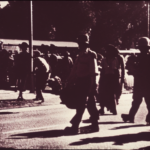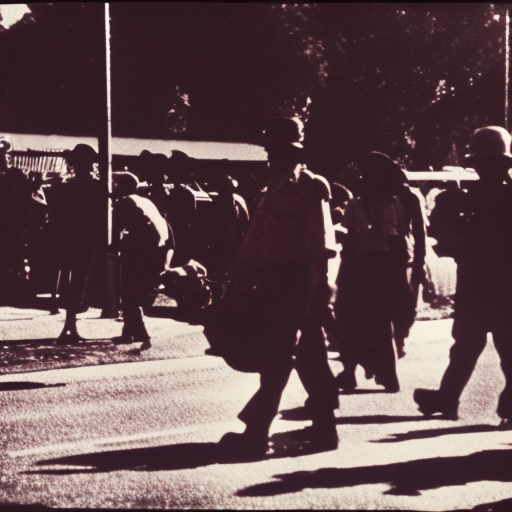The Sandinista Revolution (1978-1990)
The Sandinista Revolution was a period of political and social upheaval in Nicaragua that lasted from 1978 to 1990. It was named after the Sandinista National Liberation Front (FSLN), a leftist political organization that led the revolution against the Somoza dictatorship.
Background
Nicaragua had been under the rule of the Somoza family for over four decades. The Somoza regime was characterized by corruption, repression, and economic inequality. The majority of the population lived in poverty while the Somoza family and their allies amassed great wealth.
Causes
The Sandinista Revolution was sparked by a combination of factors, including widespread dissatisfaction with the Somoza regime, growing social inequality, and a desire for political change. The FSLN, founded in the 1960s, became the main opposition force against the Somoza dictatorship.
The Revolution
The revolution began in 1978 with a series of protests and demonstrations against the Somoza regime. The FSLN, along with other opposition groups, organized armed resistance and launched a guerrilla war against the government. The revolution gained momentum and widespread support from various sectors of society, including workers, peasants, students, and intellectuals.
Overthrow of the Somoza Regime
In 1979, the Sandinistas, along with other opposition groups, successfully overthrew the Somoza regime. The dictator, Anastasio Somoza Debayle, was forced to flee the country, bringing an end to the family’s rule. The Sandinistas established a provisional government and began implementing their socialist policies.
Sandinista Government
The Sandinista government implemented a series of reforms aimed at addressing social inequality and improving the lives of the poor. They nationalized industries, redistributed land to peasants, and implemented programs to improve education and healthcare. The government also pursued a policy of non-alignment in international relations, seeking support from both the Soviet Union and Western countries.
Contras and US Intervention
The Sandinista government faced significant opposition from counter-revolutionary groups known as the Contras, who were supported by the United States. The Contras carried out a guerrilla war against the Sandinistas, seeking to overthrow the government. The US provided financial and military support to the Contras, leading to a prolonged and bloody conflict.
Economic Challenges and Popular Dissatisfaction
The Sandinista government faced numerous economic challenges, including a severe economic crisis, hyperinflation, and a US-led trade embargo. These difficulties, combined with allegations of human rights abuses and political repression, led to growing popular dissatisfaction with the Sandinista government.
Electoral Defeat and Transition to Democracy
In 1990, the Sandinistas were defeated in a free and fair election by a coalition of opposition parties. The defeat marked the end of the Sandinista Revolution and the transition to a democratic government in Nicaragua. The FSLN remained a significant political force and returned to power in subsequent elections.
Legacy
The Sandinista Revolution had a lasting impact on Nicaragua. It brought an end to the Somoza dictatorship and implemented significant social reforms. However, it also left the country deeply divided and economically devastated. The revolution continues to be a subject of debate and controversy in Nicaragua, with differing interpretations of its legacy and significance.












